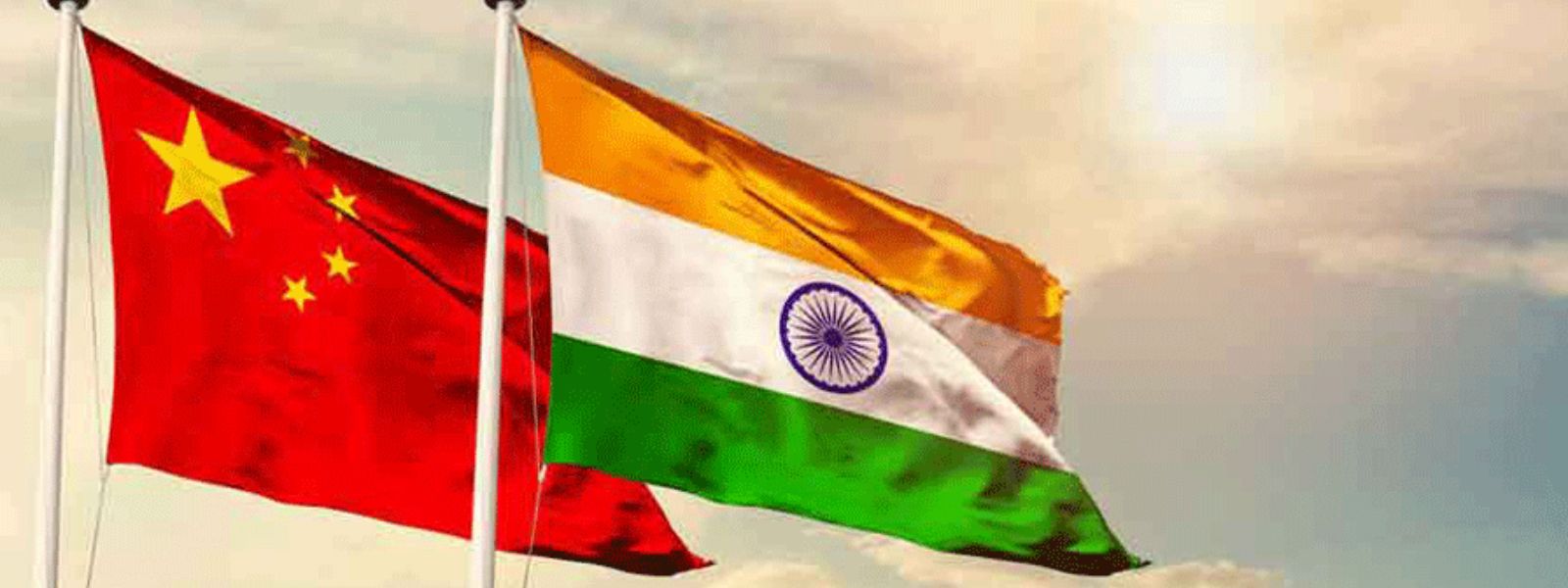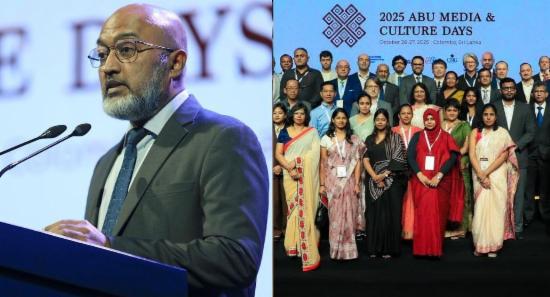.webp)

Is India replacing China as Asia's economic titan?
The chances of this transpiring is increasingly high. This hypothesis that India will outperform China in the coming years is strictly dependent on productivity growth and demography. Demography directly corresponds to the rate of population growth- and while China's population declines, India's is peaking. It is expected to reach 1.7bn in 2064, when it will be nearly 50% larger than that of China. If current trends persist, India's population growth will overtake that of China's and therefore in this scenario, India's economy would be 50% bigger than China's because of an increase in human capital. Economic growth is proportionate to the availability of human capital.
The widening and deepening rift between China and the US, UK and EU has created a golden opportunity for India to fill the gap and substitute as a supply chain. The west seeks to integrate more elements of their own economies with India, seeing it as a viable method of countering the influence of China. Britain for example, seeks bialteral trade cooperation with India more fervently than the rest of Europe as it seeks to compensate for the commercial activity that they waived off with Brexit. In 2021, Britain and India made the decision to deepen their trade ties to generate new trade amounting to $ 1.4 billion between the 2 nations. Following suit, the US and European Union have also expressed interest in securing bilateral trade deals with India. US companies like Microsoft and Apple. inc have been expanding their manufacturing processes in India, and the US government has even financed America's largest solar manufacturer to set up a facility in India. Whilst the US and EU battle to use India as a pawn in their geopolitical quests of countering the growing influence of China, India watches their economic position in the world market grow in influence. Most countries in the west are pursuing a 'China plus one' strategy to alleviate dependence on China as being a primary manufacturer; this policy plays into India's expansionist goals as it promotes production capacity in other countries. According to Michael Debabrata Patra, Deputy Governor of the Reserve Bank of India (RBI), If India achieves a growth rate of 11% in the next decade, it will become the second largest economy in the world by 2031. A giant share of foreign direct investments to India is derived from manufacturing and between 2017 and 2020, India's exports have surged to $422 billion.
India has also proved to be more fertile than China for banks seeking higher M & A (mergers and acquisitions ) fees. The world's largest investment banks have pulled in $231 million in mergers and acquisitions fees from India so far this year, beating the $204 million earned in China in 2022.
If we divert our gaze from India as a manufacturing giant, She also takes on the appearance of a humanitarian investor- to her destitute neighbour Sri Lanka. It is worth acknowledging that Sri Lanka's largest external creditor is China, and the external debt owed to China is immeasurable, but India also sees this as her opportunity to invest in humanitarian aid to the island. India lent $1 billion in aid, gave finance assuarances to the IMF along with debt moratoriums, and also delivered large quantities of pharmaceutical supplies to alleviate the medicine shortage in Sri Lanka.
India's ambitions will only be attained with consistency and a maintenance of the status-quo. As long as the war in Ukraine prolongs, and China's alliance with Russia becomes more integral, the west will support the growth of another titan in Asia to build a bulwark against Sino-Russian influence.
Other Articles
Featured News





.png )
-819380_550x300.jpg)


-812087_550x300.jpg)
-810262_550x300.jpg)
-809496_550x300.jpg)













.webp)






